
An MFA or made-for-advertising site is essentially one that was created to generate revenue primarily through ads rather than offering value to the user. Identifying these sites can help you ensure that you are only engaging with high-quality, user-focused content rather than sites designed purely for monetization purposes.
MFA websites are a growing problem in the AdTech industry as they tarnish the overall brand image by associating you with low-quality content. Don’t let these sites undermine your efforts. This checklist of 10 unmistakable red flags will equip you with the knowledge to identify and avoid MFA websites, safeguarding your site’s reputation and avoiding any kind of policy violations from Google later on.
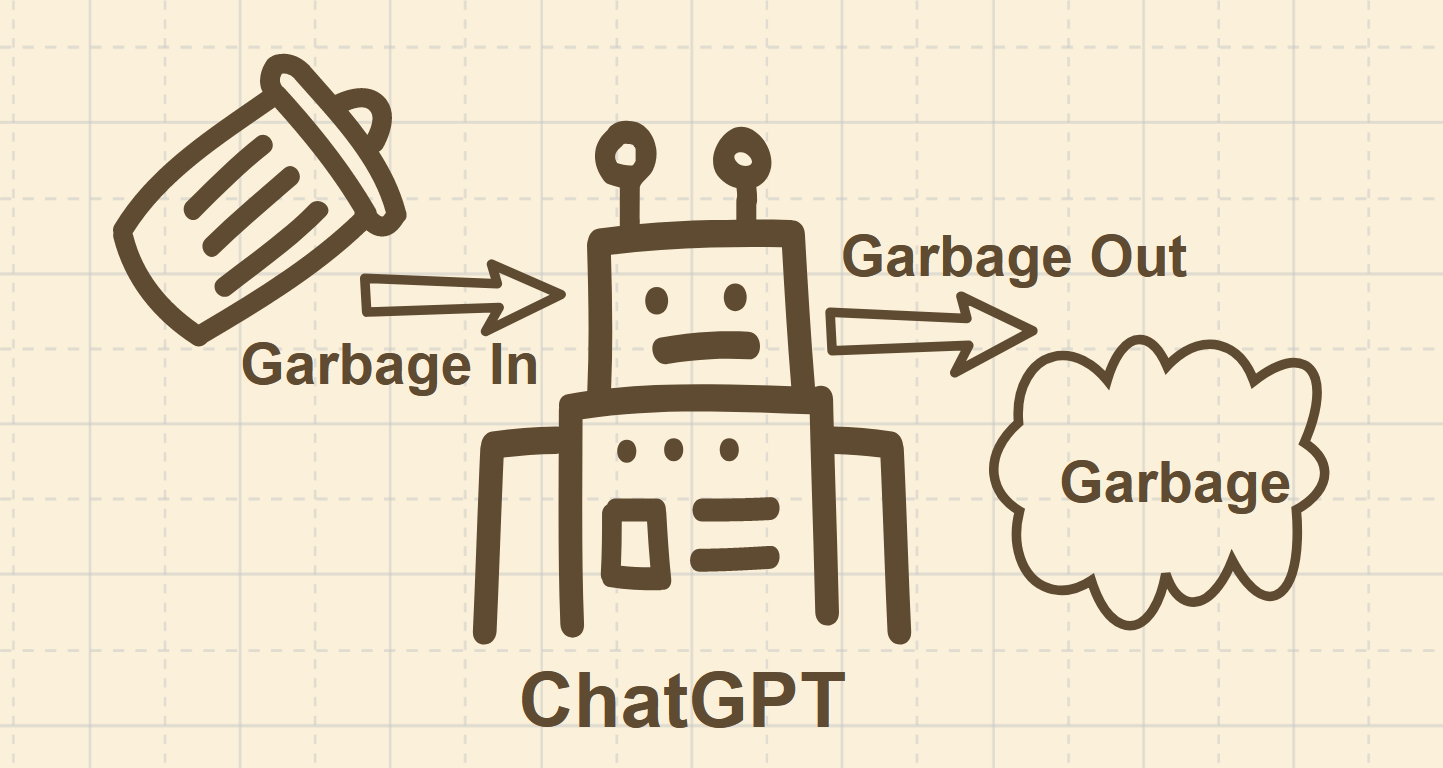
Articles may be short, lacking in-depth analysis, research, or unique perspectives. They often skim the surface of a topic without offering meaningful insights. Look for articles that lack supporting evidence, citations, or expert opinions. MFA sites frequently recycle content from other sources, often without proper attribution.
This can include spun content (rewritten slightly to avoid plagiarism detection) or outright copying. Use plagiarism checkers or simply search for phrases from the article to see if it appears elsewhere. Some MFA sites use automated tools to generate content, resulting in articles that are often nonsensical or filled with factual errors. Look for content that seems unnatural or lacks coherence.
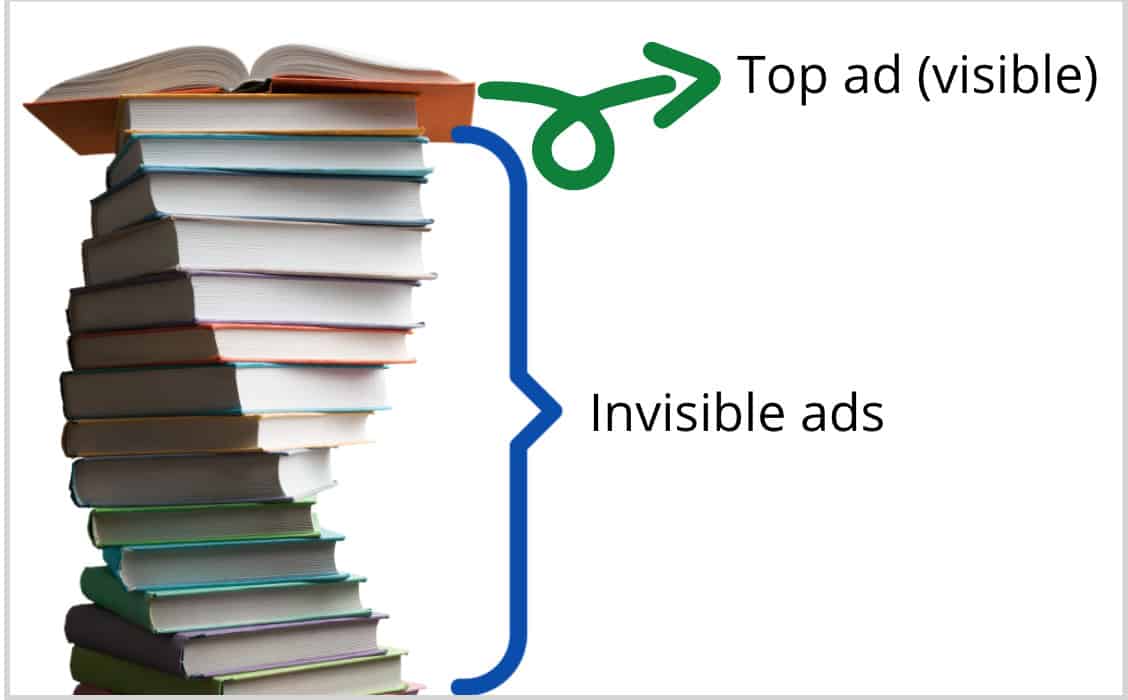
MFA websites are notorious for their aggressive advertising tactics, prioritizing ad revenue over user experience. The sheer volume of ads can make it difficult to navigate the site and consume the content.
Pop-up ads, interstitial ads (that appear before or after content), and auto-playing video ads are common on MFA sites. These intrusive formats disrupt the user experience and can be incredibly annoying.
Ads may be disguised to look like legitimate content or navigation elements, tricking users into clicking on them. Be wary of ads that are labeled ambiguously or placed in a way that suggests they are part of the site’s content.
Some MFA sites are essentially collections of low-quality pages designed solely to host ads. These “ad farms” offer little to no value to the user and are easily identifiable by their excessive ad density and thin content.
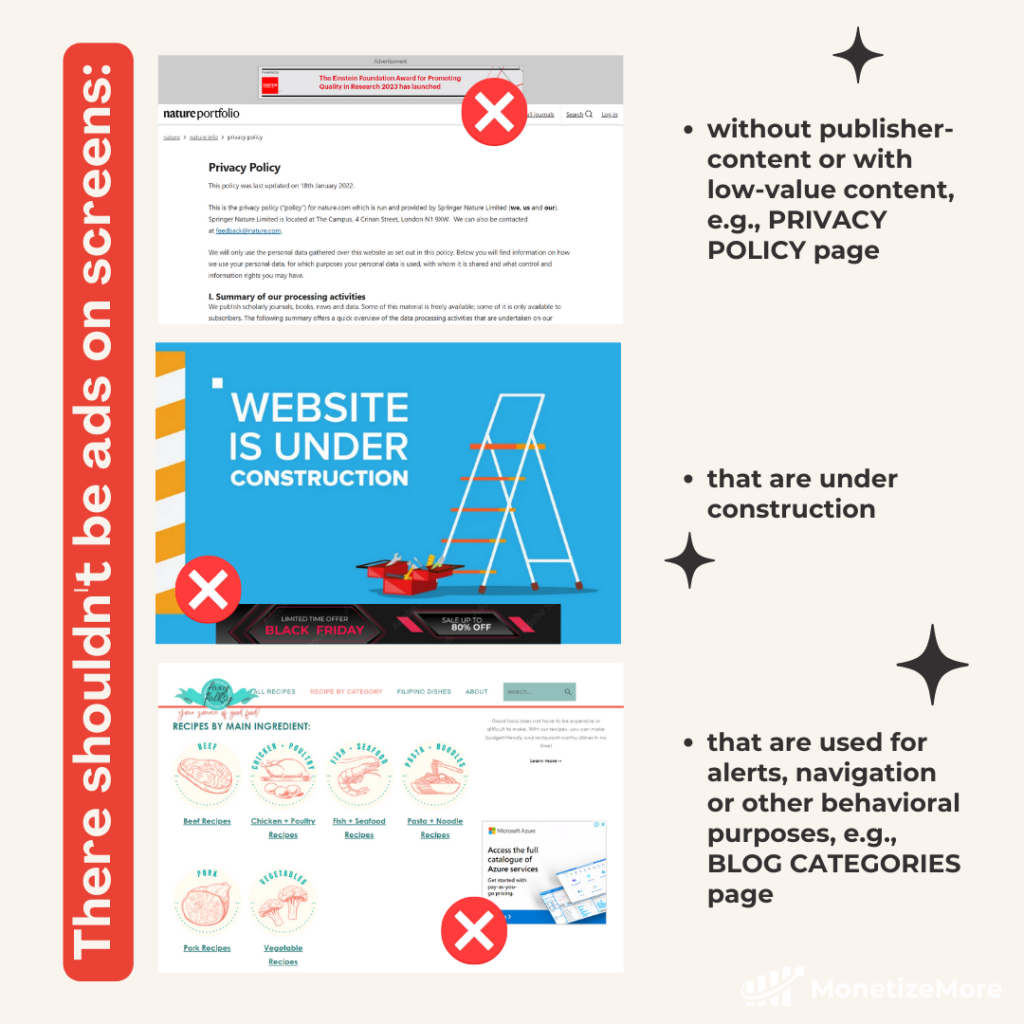
MFA websites often lack credible authorship, expert opinions, or reliable sources. This absence of authority undermines the trustworthiness of the information presented. Look for websites with articles that lack author names, credentials, or any indication of expertise. If the articles seem to be written purely for the purpose of ranking in search engines without adding meaningful value, the site is likely MFA.
Ask yourself: Is the information presented backed by any evidence? Are the claims substantiated by research or expert opinion? A lack of clear sourcing and author credentials is a significant red flag.
MFA sites tend to prioritize ad placements over user engagement or content quality. The sheer volume of ads can make it difficult to consume the content and detracts significantly from the user experience. If the ads dominate the page and push content far down or make it difficult to read without constant interruption, this is a strong indicator of an MFA site. Pay close attention to the ratio of ads to content. If the ads are more prominent than the actual information, it’s a clear sign that the site’s primary purpose is ad revenue generation, not content delivery.

MFA sites often don’t serve a clear audience or niche. They may attempt to cover a broad range of unrelated topics to maximize ad revenue, casting a wide net in hopes of attracting clicks. Look for a site that seems to cover an overly broad range of topics with little coherence, possibly created just to draw traffic from various search terms. A lack of focus suggests that the site’s primary goal is not to provide valuable information to a specific audience but rather to generate ad impressions from any possible source. This “scattered” approach is a hallmark of MFA websites.

MFA websites often use sensationalist or clickbait titles to entice users to click on links and generate ad revenue. These titles often exaggerate or misrepresent the content of the article, promising something that isn’t actually delivered. Look for over-the-top, misleading headlines such as “You won’t believe what happens next!” or “Top 10 things you never knew about X.” Clickbait titles are designed to trigger an emotional response and create a sense of urgency, often preying on curiosity or fear of missing out. If a title seems too good to be true or relies on hyperbole and sensationalism, it’s a strong indication of an MFA site.
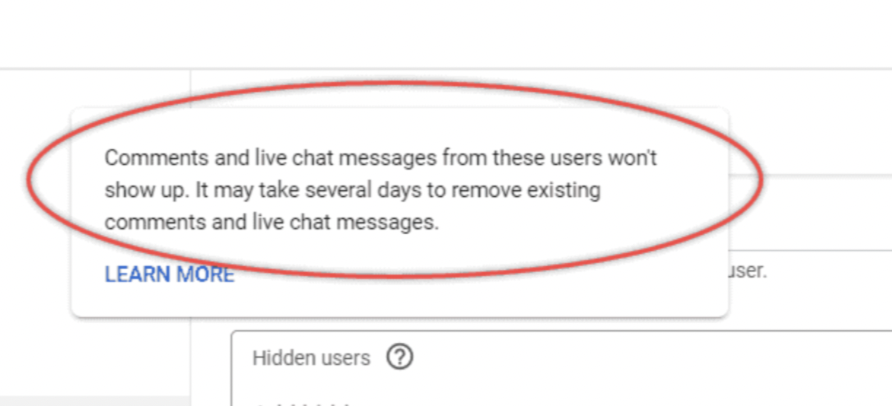
MFA sites often don’t encourage genuine user engagement, such as comments, reviews, or sharing. Their focus is on generating ad impressions, not fostering a community or providing valuable information that users want to discuss or share. Look for a site with little to no comments, no active community or user-generated content, and no mechanisms for user interaction (e.g., social sharing buttons or user reviews). The absence of these features suggests that the site is not interested in building a relationship with its audience or creating a platform for meaningful discussion.
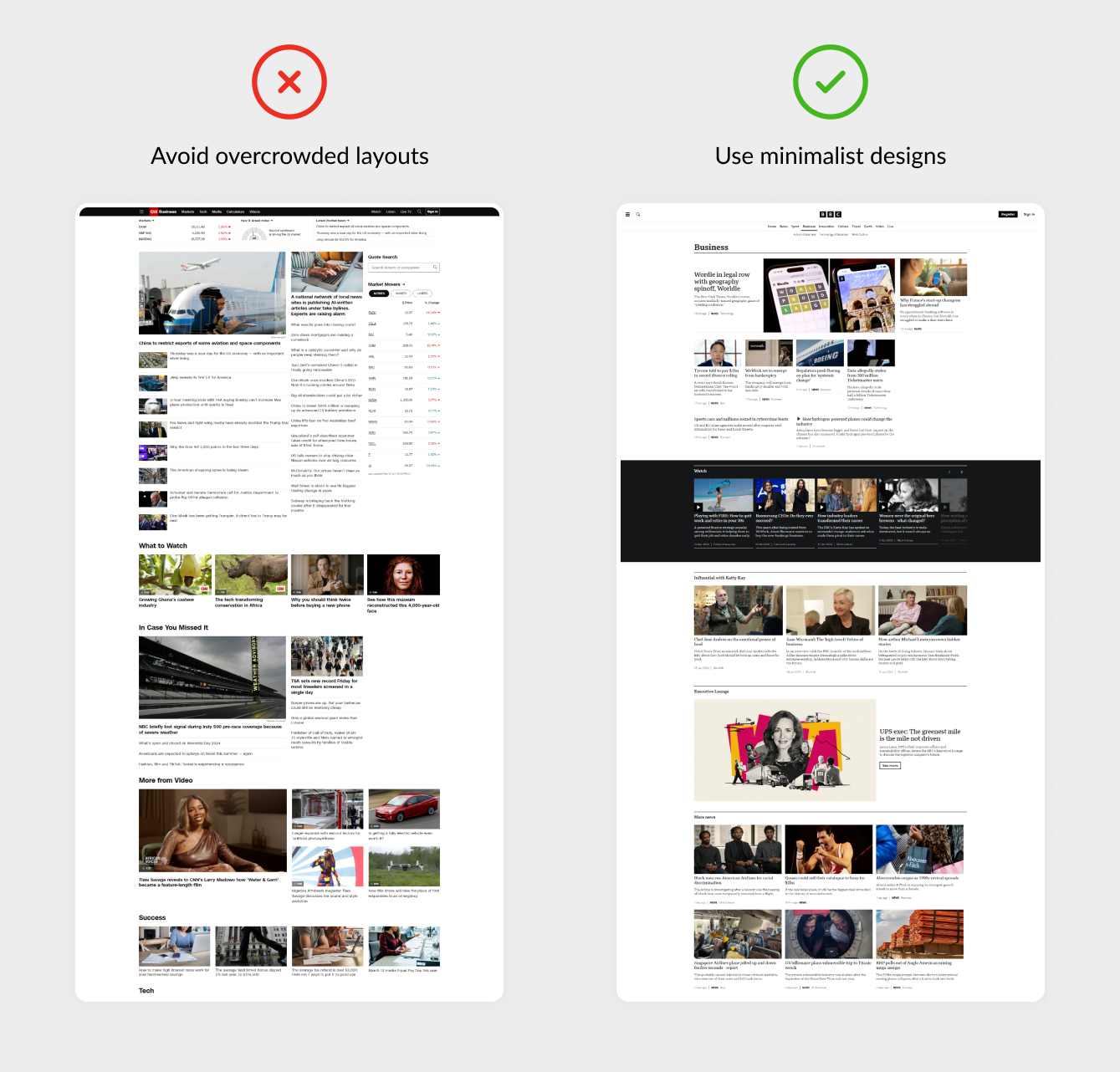
MFA sites tend to have low-quality site structures, where users are frequently redirected to other pages, which often feature even more ads. Clicking links that take you to multiple ad-heavy pages or unexpected redirects that feel more like an ad-serving mechanism than useful navigation are common tactics. This confusing and frustrating user experience is a hallmark of MFA websites. Pay attention to how you navigate the site. If you find yourself constantly being redirected to new pages filled with ads, or if the navigation is unclear and difficult to follow, it’s a strong indication of an MFA site.
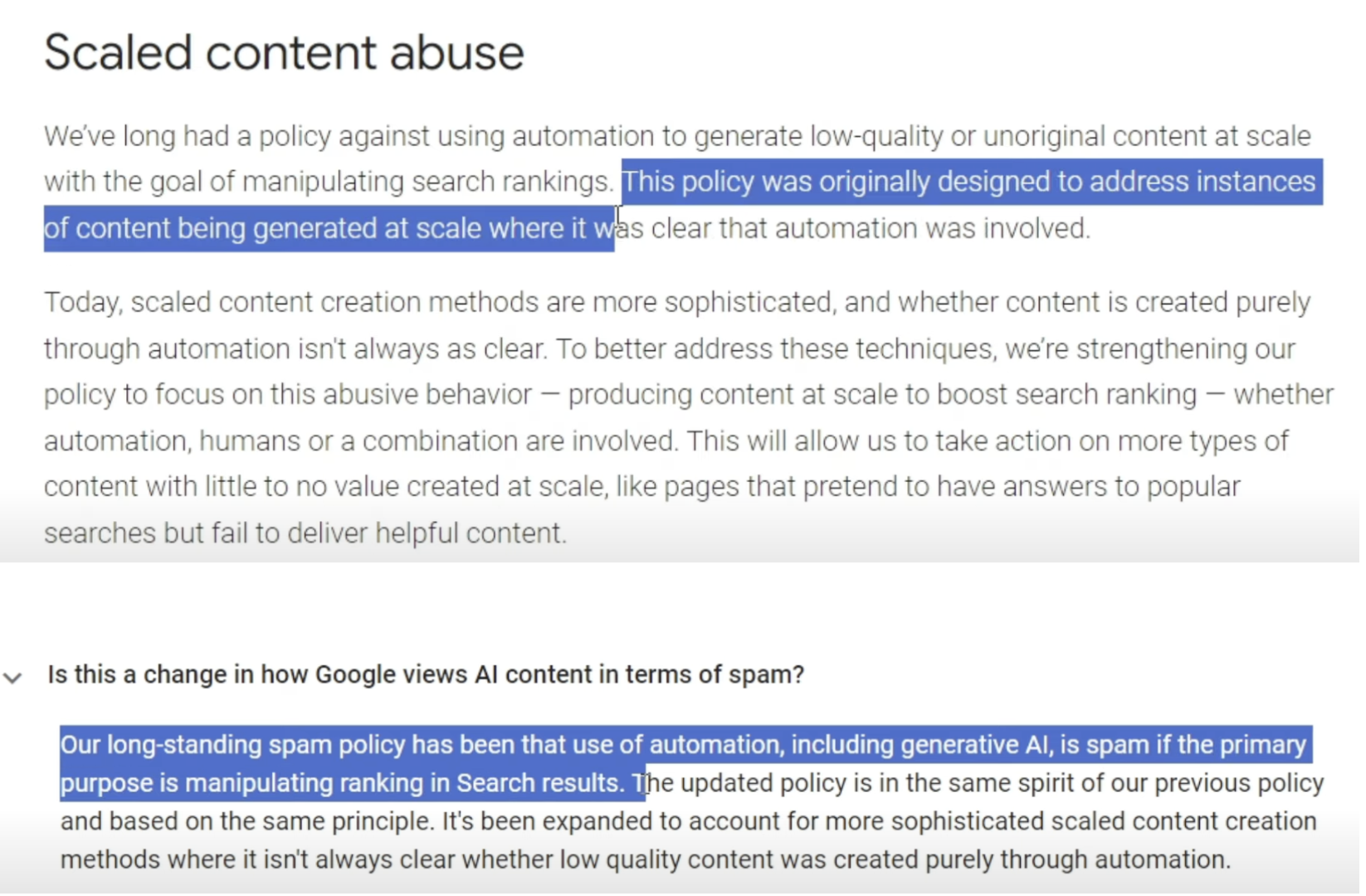
MFA websites often operate in the shadows, lacking transparency about who owns or operates the site. This makes it incredibly difficult, if not impossible, to contact the website owner or hold them accountable for the content they publish. This lack of transparency is a major red flag. Look for missing “About Us,” “Contact Us,” or “Privacy Policy” pages. If these essential pages are absent, or if they contain only generic information without any real contact details, be very suspicious.
The absence of visible author or organizational details strongly suggests that the site’s main goal is monetization, pure and simple, rather than providing genuine, valuable content to a real audience. Legitimate websites prioritize transparency and build trust by clearly identifying themselves. MFA sites, on the other hand, hide behind a mask of anonymity, revealing their true intentions: profit over purpose.

MFA websites often resort to spammy and unethical SEO tactics in a desperate attempt to rank higher in search engines for terms that don’t even relate to the actual content quality. They try to game the system rather than earn their rankings through valuable content. Look for overuse of keywords, often stuffed awkwardly into the text, making it difficult to read and understand. Be wary of irrelevant topics crammed into content without adding any value to the user.
This “keyword stuffing” and irrelevant content are clear signs that the site is trying to manipulate search engines rather than provide useful information. Legitimate websites focus on creating high-quality, relevant content that satisfies user search intent. MFA sites, in contrast, prioritize search engine rankings over user experience, employing tactics that are not only unethical but also ultimately ineffective in the long run. Don’t be fooled by their tricks – recognize these spammy tactics and avoid these sites.
With these 10 red flags at your disposal, you’re now equipped to navigate the online advertising landscape with confidence. By prioritizing quality content and avoiding MFA websites, you’ll not only safeguard your brand reputation but also unlock greater revenue opportunities. MonetizeMore empowers publishers to maximize their earnings while adhering to strict advertising standards. Explore our solutions and discover how we can help you achieve sustainable growth.

With over ten years at the forefront of programmatic advertising, Aleesha Jacob is a renowned Ad-Tech expert, blending innovative strategies with cutting-edge technology. Her insights have reshaped programmatic advertising, leading to groundbreaking campaigns and 10X ROI increases for publishers and global brands. She believes in setting new standards in dynamic ad targeting and optimization.
10X your ad revenue with our award-winning solutions.